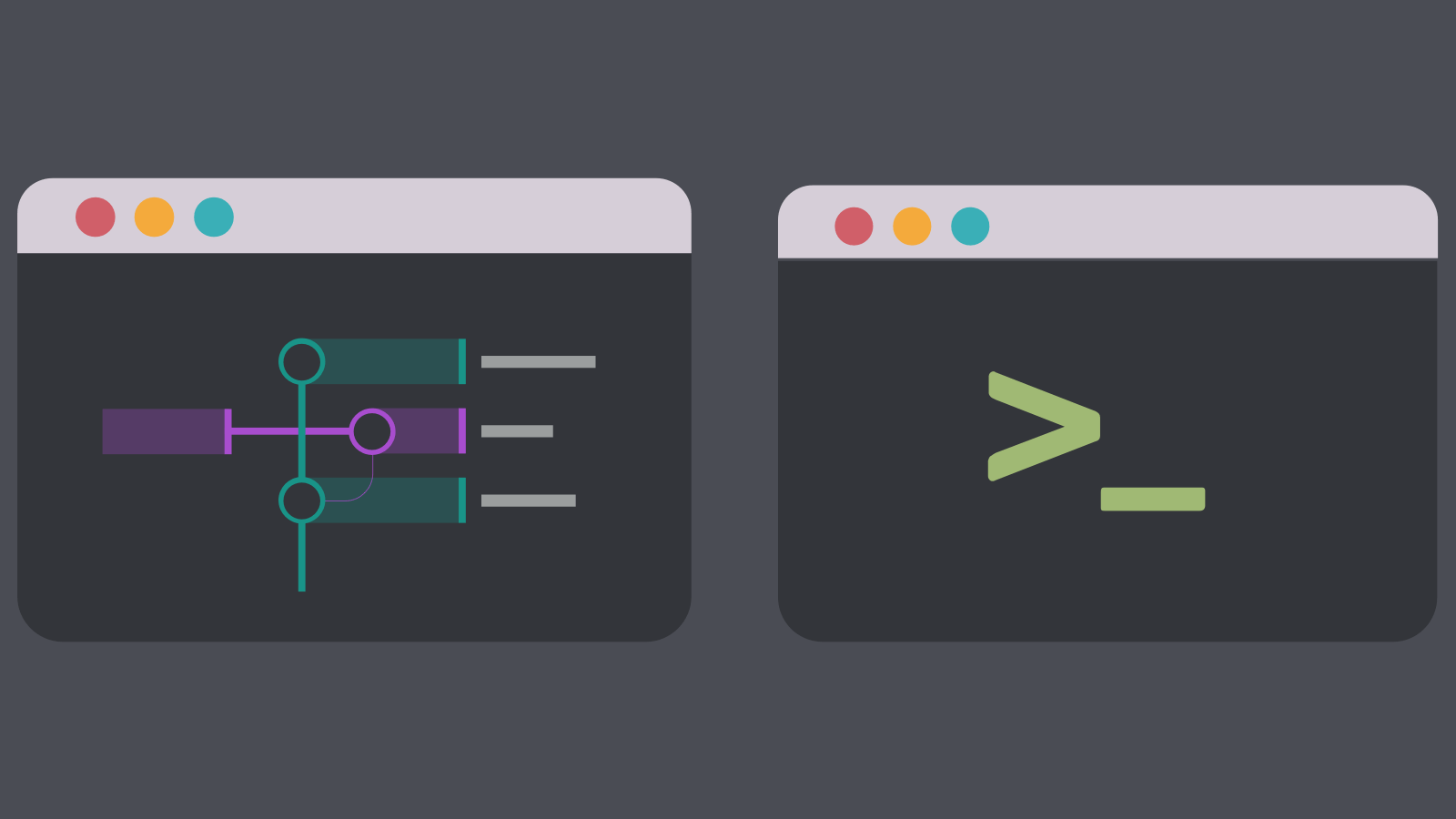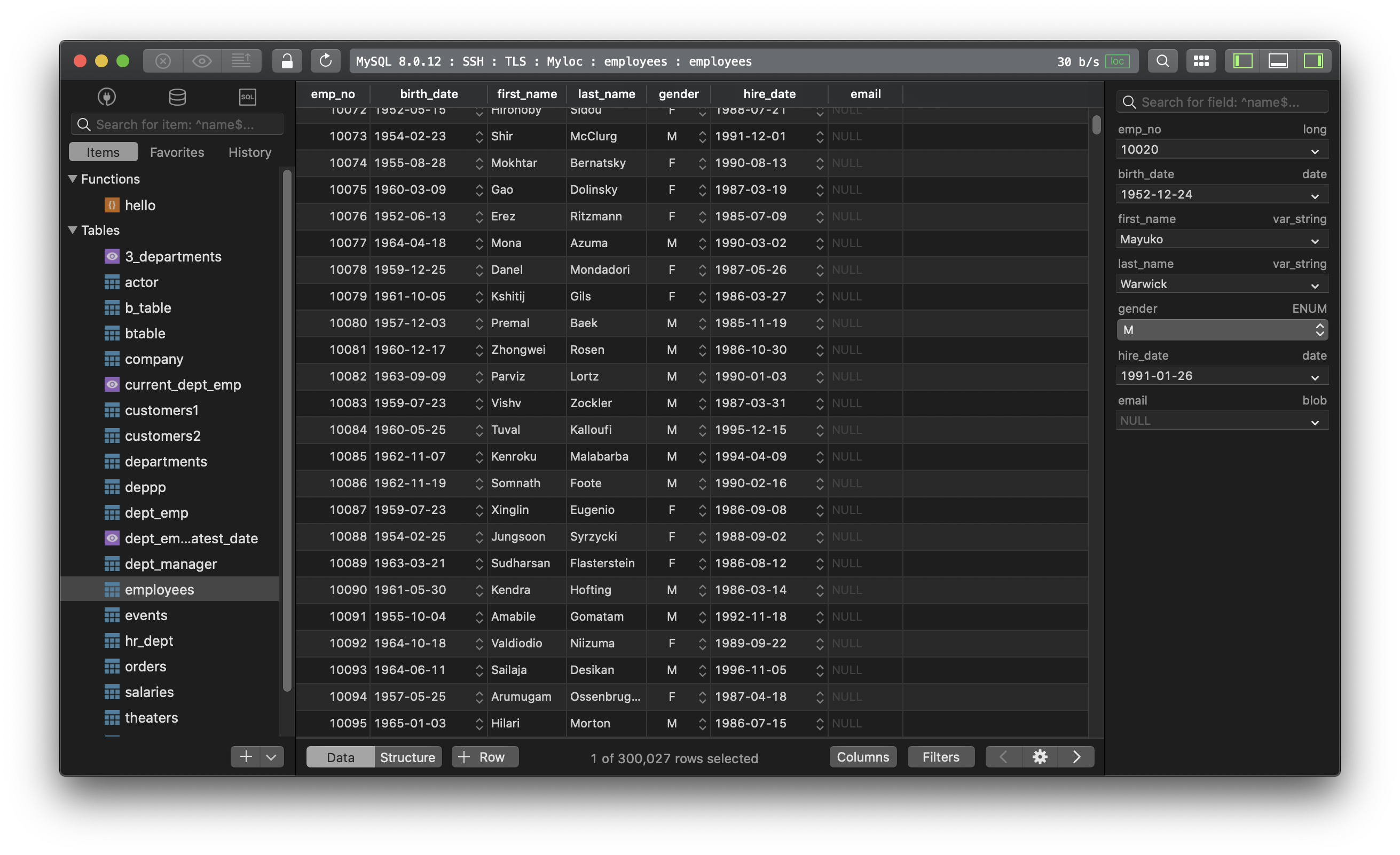CLI vs GUI - Which one is better?
What is CLI?
CLI, or Command Line Interface, is a text-based interface used to interact with software and operating system by typing commands into the interface and receive a response in the same way.
CLIs are provided by most operating systems by default and the two most popular ones are DOS (for Windows) and the bash shell (for Linux and OS X).
What is GUI?
GUI, or Graphical User Interface, is a visual-based interface which features the use of graphic images, including windows, icons, and menus. A mouse is the most common way to navigate through a GUI, although the keyboard is used sometimes.

Advantages and disadvantages of CLI and GUI
1. Ease of use
Because of the visual presentation, most people can learn and use GUI much faster and easier than CLI which requires a higher degree of memorization and familiarity.
For example, GUIs provide the user with immediate visual feedback in most cases, whereas there is often no obvious feedback in the case of CLIs.
2. Functionality
A GUI does not have the same level of functionality and granular control as a command line interface. So the CLI provides greater flexibility of use. It can be used to easily do things that are difficult or even impossible to do with a GUI.
3. Speed
A GUI needs to use additional system resources to load the graphical part thus it is going to be slower than using the command line.
4. Multitasking
Although many CLI offers multiple windows view, GUI generally has a higher ability to operate multiple tasks at the same time with ease.
5. Scripting & Automation
With a CLI, users have all the control over the file system and operating system, and the tasks become simple. You can create a script that contains a few lines of command and it will do the work for you.
Although GUI’s can create shortcuts, they do not readily support scripting or automation. For common tasks, a user must repeat each action within the GUI manually.
CLI or GUI? Which one is better?

It’s not one tool is better than the other one in general but we have to put them in context and see the requirements. One tool might be better for this situation but the other one can be the best tool for another occasion.
When to use CLI:
- Do things at scale. A simple CLI command can easily adjust configurations for a large group of systems at once.
- Something needs to be scripted and automated.
- You need greater control over system functions.
- Use NPM for Package Installs as Node Package Manager is easily the most popular tool for modern developers and it does not have a GUI.
- Utilize Git Version Control.
- For less memory usage.
When to use GUI:
- To reduce mental work. It can take care of a lot of work which may be obscure.
- Simplify the structure of tasks. Tasks can be done without many lines of code. Fewer typed lines of code lead to fewer typos, thus less time spending on the frustrating errors.
- Make results visible. You can see the system response clearly then recognize errors and debug easily while the system reaction in CLI is meaningless most of the times.
- Make the barrier of entry lower. Because of its simplicity and ease of use, GUI is being used by the majority of computer users, especially new and novice users.
Are you a CLI user? a GUI user? or both?
TablePlus is a modern, native GUI that allows you to simultaneously manage multiple databases such as MySQL, PostgreSQL, SQLite, Microsoft SQL Server… faster and easier.
